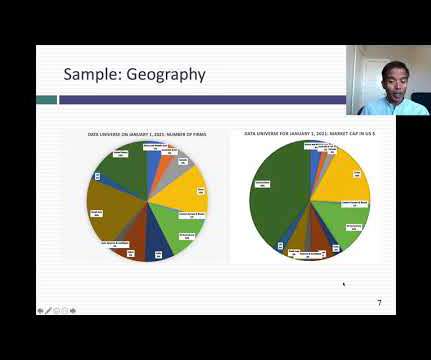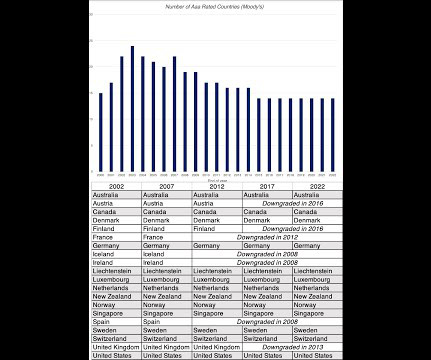To NPV or Not to NPV: That Is the Question
Fpanda Club
JULY 24, 2022
They tend to avoid losses and prefer to keep the things as they are rather than invest in risky innovation. Analysts usually build their financial models for the first 5 years of the investment and then add terminal value for all the years coming thereafter which may contribute up to 50% of NPV.














Let's personalize your content